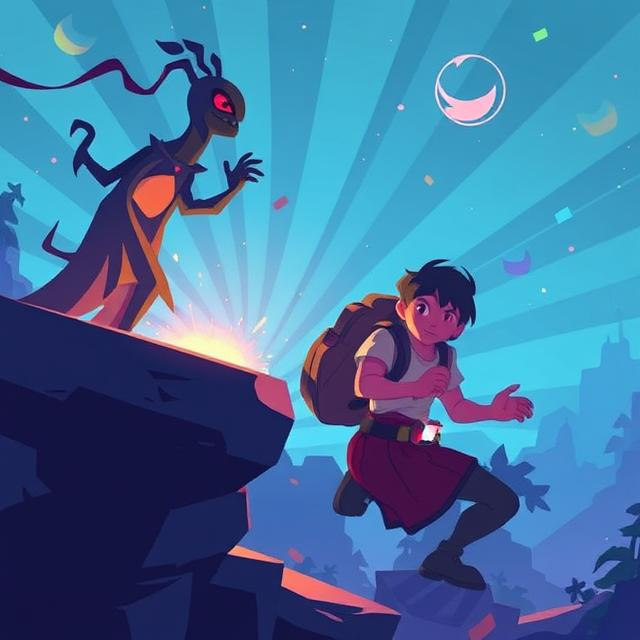Animation is often the unsung hero of game design. While it’s easy to focus on graphics or mechanics, animation is what bridges the two—it’s how players feel feedback, motion, and weight.
Take Dark Souls. The animation of an attack—its wind-up, execution, and recovery—communicates risk and timing. Players learn to read enemy movements as cues. The game becomes a language of motion.
In Street Fighter or Smash Bros., frames matter. A single extra frame of startup or recovery can determine whether a move is safe or punishable. Competitive players rely on animation readability as part of their strategy.
Then there’s anticipation and squash/stretch in platformers like Celeste or Hollow Knight. These techniques make characters feel responsive and alive. A small visual “squish” before a jump makes the action feel snappy—even if the physics are simple.
Good animation also enhances immersion. Red Dead Redemption 2’s slower, realistic movements make the world feel grounded. Opening drawers, reloading weapons, or skinning animals have deliberate animations that reinforce setting and tone.
Most importantly, animation provides feedback. Hit markers, ability windups, stagger effects—all these are visual confirmations that your input mattered.
A game can look stunning, but if its animations are stiff or delayed, it will feel wrong. Great animation turns interaction into sensation.

Leave a Reply